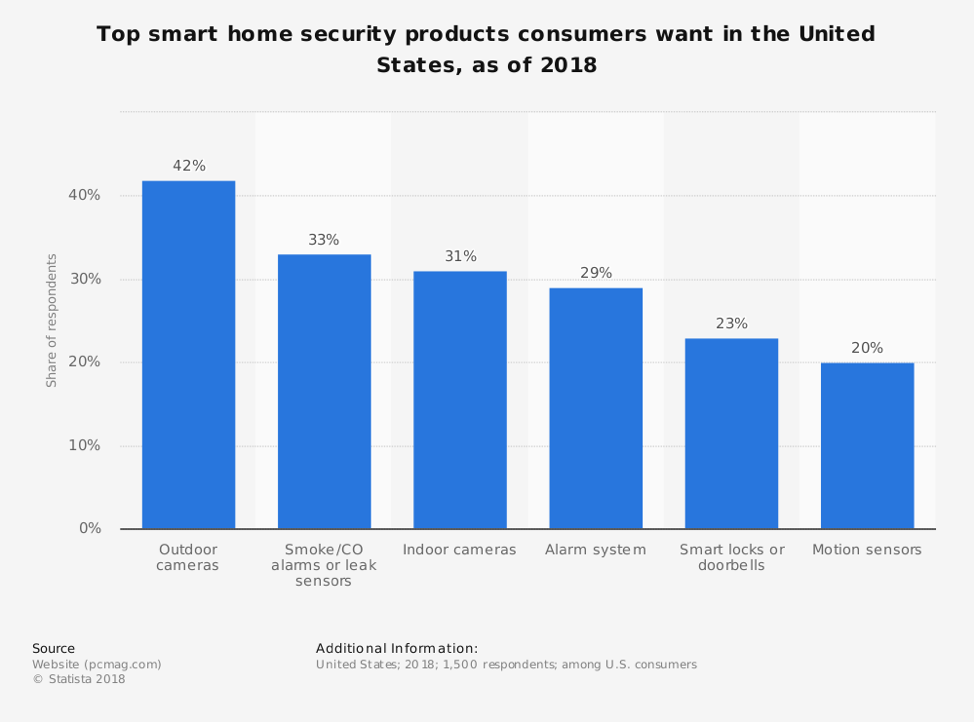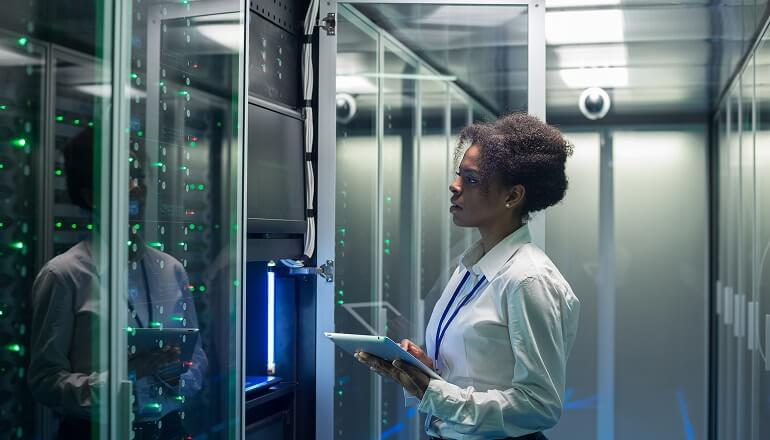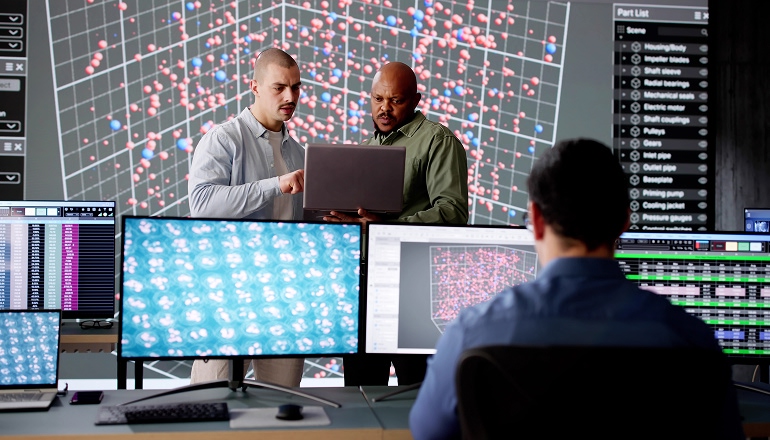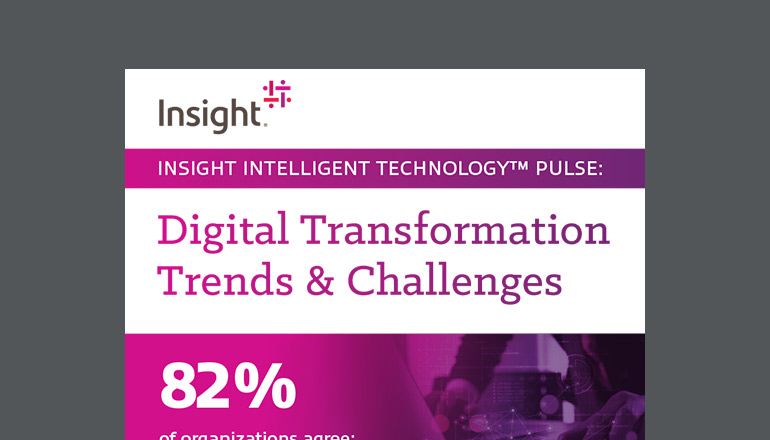Article How the Internet of Things (IoT) Is Making Us Safer
Unfortunate events, from home burglarlies to mass shootings, are a sobering reality of the world we live in. After a news story breaks, it’s easy to wonder, “Can’t something be done to prevent things like this from happening?”
By / 26 Mar 2019 / Topics: Intelligent edge

While policymakers debate over what laws should be amended to prevent such tragedies, brainy technologists have a different approach. And although discussions of technology and security usually center on the protection of data, this is personal.
Improving school safety with the IoT
The last few decades have exposed a chilling truth regarding student safety. In 2018 alone, a staggering 97 school shootings occurred, according to the Center for Homeland Defense and Security.
Such tragic events can evoke feelings of helplessness, frustration and anger.
Often, the most challenging aspects of a crisis are collecting and sifting through information in order to make an informed decision for action. Additionally, it can be difficult to communicate safety instructions to those who may be impacted.
To address these issues, Insight leveraged Microsoft solutions to create Safe Spaces, an Internet of Things (IoT)-enabled emergency notification system. The solution involves:
- Sound sensors to detect loud noises, such as gunshots
- IoT-enabled lightbulbs to indicate danger or safe zones
- Real-time incident reporting
- Geo- or persona-enabled text alerts of relevant information or instructions to individuals based on their proximity to an event or role (such as parents or security personnel)
Many educational institutions lack the technical resources to adopt such technologies, so Insight partnered with Microsoft to fill the gap. Together, we created a complete, turnkey solution that can be easily integrated into existing security infrastructure.
Communication and alert systems like these have potential use cases beyond school grounds, such as within business campuses, shopping malls or even across cities. Let’s explore some of the possibilities.
Smart factories mean safer factories.
A lot of hype surrounds smart factories — and for good reason. Emerging technologies such as digital twins, swarm intelligence, edge computing and other top IoT trends are transforming operations.
The benefits of a smart factory are usually focused on predictive maintenance, increased productivity or reduced costs, but smart factories can also play a critical role in ensuring worker safety. For example:
- Sensors can signal when machinery becomes unsafe to operate.
- Air quality sensors can alert workers if the air becomes toxic.
- Artificial Intelligence (AI) and robots can handle manual tasks that put human workers at risk.
Safer healthcare, healthier patients
The IoT is also transforming healthcare safety in profound ways. Pharmacies are embracing automation and high-defition cameras to eliminate human error and resolve issues with prescription drugs before they reach patients.
Weka Solutions harnessed the IoT in a smart fridge that literally helps save lives by protecting vaccines. Using sensors, the cloud and custom Application Programming Interfaces (APIs), the company can monitor and control refrigeration temperatures to avoid spoilage. Additionally, Weka can track inventory, limit access to vaccines and more.
Wearable devices are also enabling safer patient care through biometric data collection and real-time reporting. Doctors can gain a more holistic, data-centric view of patient health to make better informed decisions for ongoing care. In addition, the data collected can be analyzed for early detection of serious illnesses, empowering doctors and patients to be more proactive about care.
Safe travels
High-traffic locations such as airports and train stations pose several obvious security challenges. Relying on security personnel to keenly observe and detect potential threats is a tall ask.
Smart video surveillance systems use AI to detect suspicious behavior. Facial recognition can identify persons of interest. And blockchain is emerging as a viable method for enhancing passenger identification.
Biometric identity management solutions are really taking off, with 71% of airlines already planning to invest in this area in 2019, according to a report by SITA.
Rail travel — both inner-city and longer routes across state lines — continues to be a popular mode of transportation. But the railroad industry faces its own set of safety challenges with significant risk for passengers and workers.
Between 2013 and 2017, the rail industry recorded an average of 11,746 incidents per year, according to the Federal Railroad Administration.1 Unfortuantely, human error is the leading cause of rail incidents, reports the Association of American Railroads.
In 2008, Congress enacted the Rail Safety Improvement Act (RSIA), which mandated railroad networks to implement Positive Train Control (PTC) technology. PTC systems are designed to automatically slow or stop a train to inhibit unsafe movement, such as entering a turn at high velocity.
Track maintenance is another important way railroad companies can prevent accidents. However, identifying parts of the rail in need of repair can be a slow and sometimes dangerous process — a prime opportunity to seek creative solutions using the IoT.
To effectively assess the health of rail equipment and track, technologies such as smart sensors, infrared, lasers and Unmanned Aerial Vehicles (UAVs, otherwise known as drones) are put to work. These IoT devices can capture and analyze critical rail components — even in challenging or high-risk locations — to keep rail workers out of harm’s way. The data can trigger real-time alerts of anomalies and can be collected to provide a holistic analysis of the conditions of the rail line.
Safety technology for the home
Although not a new market segment, home security solutions are becoming more diversified, thanks to smart appliances — and demand for these comprehensive safety solutions is on the rise.
As shown in Figure 1, the top security product among U.S. consumers is outdoor cameras (42%), but other solutions leveraging the IoT aren’t far behind. Smart security devices are increasing market share, with 33% of consumers wanting leak sensors and 23% wanting smart locks or doorbells. According to a report by Strategy Analytics, the market for smart home video doorbells is projected to grow from $.5 billion in 2018 to $1.4 billion by 2023.

Safe and sound solutions
As these use cases indicate, companies across every industry have found innovative ways to leverage the IoT in an effort to improve human safety — and the opportunities are growing every day.
Technology can’t necessarily stop bad things from happening, but it can help prevent dangerous moments from escalating into devastating events.
1 Federal Railroad Administration. (2019, Feb. 28). Total Accident/Incidents, Jan–Dec (2018 Preliminary). Office of Safety Analysis.






